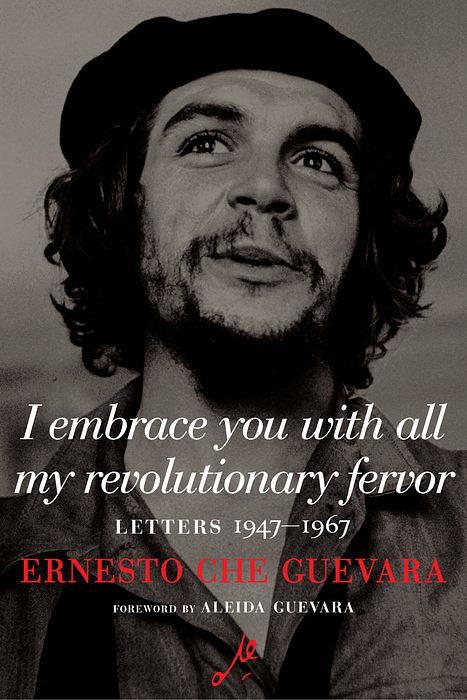內容簡介
內容簡介 The first-ever edition of Che Guevara’s letters, the vast majority never-before published in English in any form.Ernesto Che Guevara was a voyager—and thus a letter writer—for his entire adult life. The letters collected in I Embrace You with All My Revolutionary Fervor: Letters 1947-1967 range from letters home during his Motorcycle Diaries trip, to the long letter to Fidel after the success of the Cuban revolution in early 1959 (from which the book’s title comes), from the most personal to the intensely political, revealing someone who not only thought deeply about everything he encountered, but for whom the process of social transformation was a constant companion from his youth until shortly before his death. His letters give us Che the son, the friend, the lover, the guerrilla fighter, the political leader, the philosopher, the poet. Che in these letters is often playful, funny, sometimes sarcastic, and deeply affectionate. His life was short, and these twenty years, from when he was 19 until days before his death, show it was also incredibly rich and full.As his daughter Aleida Guevara, also a doctor like her father, writes, “When you write a speech, you pay attention to the language, the punctuation and so on. But in a letter to a friend or a member of your family, you don’t worry about those things. It is you speaking, in your authentic voice. That’s what I like about these letters; they show who Che really was and how he thought. This is the true political testimony of my father.”"
作者介紹
作者介紹 Ernesto Che GuevaraBorn in Rosario, Argentina, on June 14, 1928, and killed on October 9, 1967, the short life of Ernesto Guevara de la Serna is that of one of the greatest and most enduring revolutionary figures of all time, named one of Time magazine’s icons of the 20th century. He was politicized first-hand during his travels as a young man around Latin America, and especially by witnessing the CIA-backed overthrow of the elected government of Jacobo Árbenz in 1954 in Guatemala. He sought out a group of Cuban revolutionaries exiled in Mexico City. And, in July 1955, immediately after meeting their leader Fidel Castro, enlisted in their expedition to overthrow Cuban dictator Fulgencio Batista. The Cubans nicknamed him Che, a popular form of address in Argentina.Four years later, after a fierce revolutionary struggle, General Batista fled on January 1, 1959, and Che became a key leader in the new revolutionary government. Che was also the main representative of the Cuban revolutionary government around the world, heading numerous delegations to Asia, Africa, Latin America and the United States. Beginning in 1965, Che lead two Cuban missions to support revolutionary struggles elsewhere in the world, first in Congo and then in Bolivia. Both of these interventions failed, and Che’s accounts of these struggles in Congo Diary and The Bolivian Diary show the lessons learned and the humility and fierce intelligence with which Che approached every revolutionary struggle.
